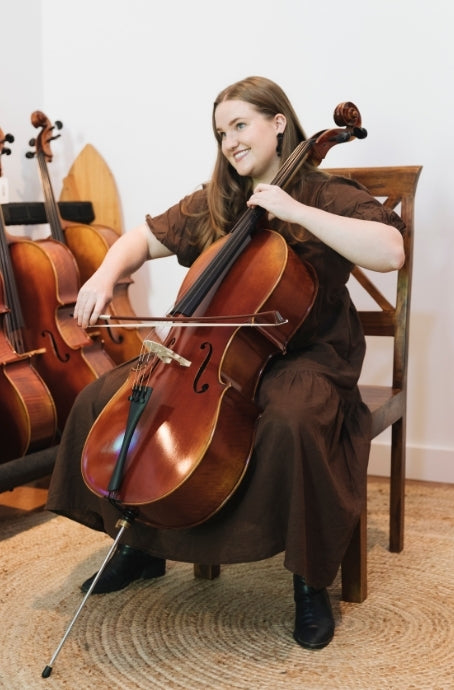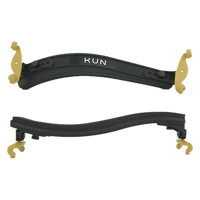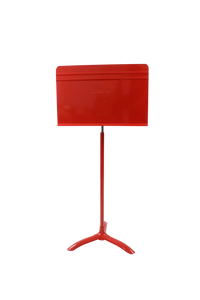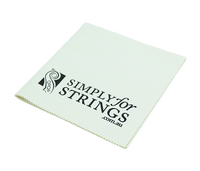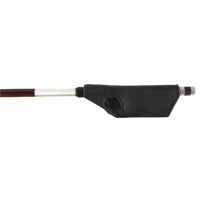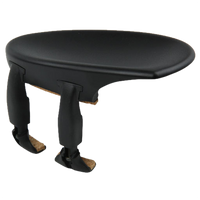One of the most important things when it comes to playing the viola is your viola posture. It affects all areas of your viola playing. From tone production to bow hold to bow techniques, your viola posture is the base of everything. At Simply for Strings we believe your viola posture is vital to ensuring you can play your best. Here’s a starters guide for new viola players.
Ensure you have a correctly sized viola
In order to have the correct viola posture, you’ll need to make sure the viola you’re playing is the correct size for you. You can figure out if you have a correctly sized viola by reaching under your viola while in the playing position. When extending your arm in front of you, the scroll should touch your palm. Additionally, you should be able to stretch your middle fingers around the scroll easily.
Have a read of our size guide here to help determine which instrument size you need. Get in touch with us if you have any questions about this or need help figuring out what viola is right for you.
Read more on ‘Violin, Viola, Cello and Double Bass - What's The Difference?’.
Learn how to hold the viola
It may seem like common sense but learning how to hold your viola will help you with your viola posture. The height of your collarbone to chin should be the same height as the combined height of viola and chin rest. The bottom of your viola should sit on your collarbone, and your shoulder rest should be used to stabilise the viola. Your viola should remain mostly horizontal and not tilt towards the floor. You should be able to pull your bow straight from the frog to the tip. If this is not possible, try changing the position of the chin rest accordingly.
Read more on ‘Learning the Viola: A Beginner’s Guide’.
Know how to position your body while playing
Your viola posture depends on how you position your body and knowing what position works best for you. This structure is basically knowing how to stand properly while you play. Balance plays a role in this. When standing, your weight needs to be evenly distributed between your feet. It may seem obvious but slouching your body can cause problems both with your bow position and instrument hold. Make sure to stand up straight. While standing up straight, keep your shoulders both level and relaxed. If you’re sitting, sit at the edge of your chair.
Learn how to hold your bow
Another way to ensure you have excellent viola posture is to learn how to hold your bow. Start with your hand held out with the palm facing you. Bring the bow in, lining up with the base of your fingers. Make sure the thumb curves and pushes into the bow with a slight firmness. The tip of your thumb needs to support the bow between the frog and the winding. Your middle finger should rest opposite your thumb with the joint just touching your bow. Your index finger needs to touch the bow. The joint between the second and third phalanx of your ring finger should touch your bow. Finally, your pinky simply rests on top of your bow. The bow should always be held loosely and never squeezed. Maintain a springy feeling in the fingers. Practice regularly and you’ll have it down in no time.
Correct finger placement
Finger placement is also crucial to correct viola posture. Add your left hand into the fray, use it to drop your fingers onto the strings to make notes and add ornamentation to a piece. For this, it’s important to know the amount of pressure you’ll need to use. To practice proper pressure, drop your finger onto a string, and lift it off again. Keep doing this until you create the desired sound. It’ll take time finding the balance between too little vs too much pressure.
Find out more about ‘‘Brands to Try When Buying an Advanced Bow for String Instruments’.
Tips for improving or maintaining good posture
- For standing position—remember that the viola rests on your left side for balance. Check that your knees are flexed and your right leg is relaxed. Try not to move around.
- If you decide to use a shoulder rest, you should get one that you can regulate. Change the height to extend all the way from the base of the neck to the chin so that you bend your head to the left as little as possible.
- Avoid slouching, stand up straight—stretching often can help improve your posture too.
- Practice, practice and more practice. Like with any other skill you’re learning, the more you do it the better you’ll get. The same applies to playing the viola and getting the correct viola posture.
- Focus on one element at a time. This way you can make sure you’re learning it right, rather than trying to rush through and forming bad habits along the way. It’s better to wait until you’re ready to move onto the next step and add more elements on. Soon, you won’t have to think about the steps anymore and it’ll just be muscle memory doing the magic.
For more tips, check out ‘Maintaining Your Viola 5 Steps to Great Viola Care’
Get in touch with us at Simply for Strings either online or give us a call on 1300 739 293. You can ask us any questions you may have regarding your instrument or viola posture. We’re here to ensure you get the right education and support when it comes to playing string instruments. Our team consists of professional musicians, passionate educators and specialist staff who are knowledgeable about everything string. We’ll be here for every step of your musical journey.





